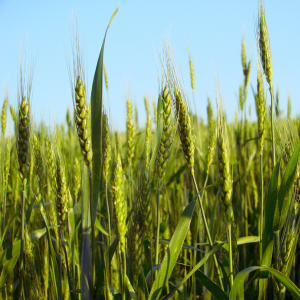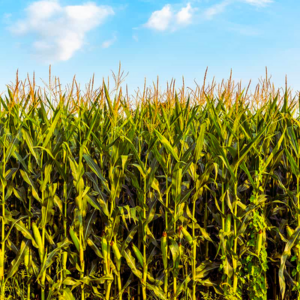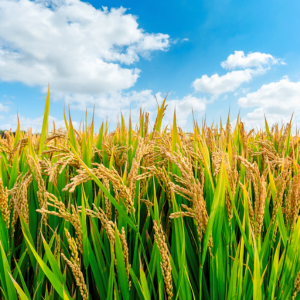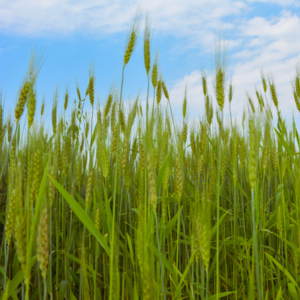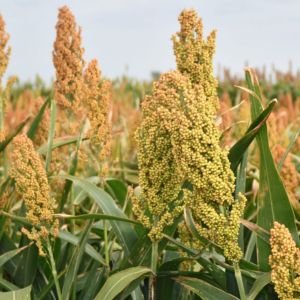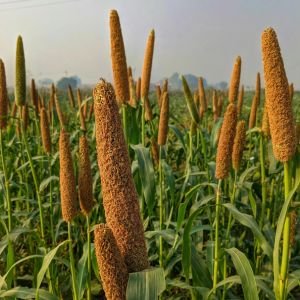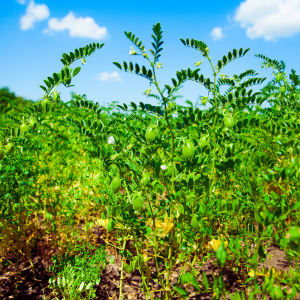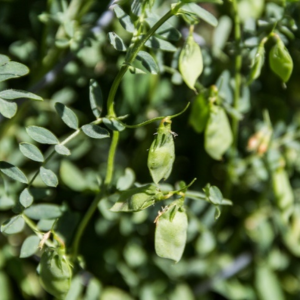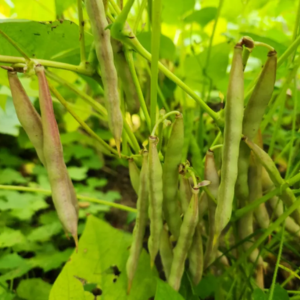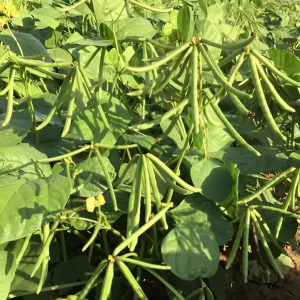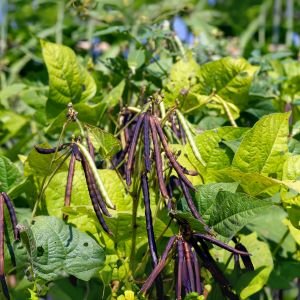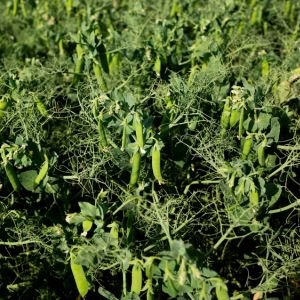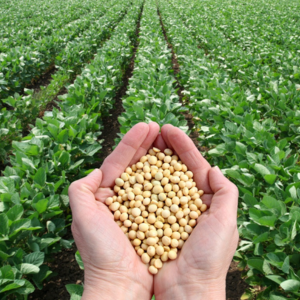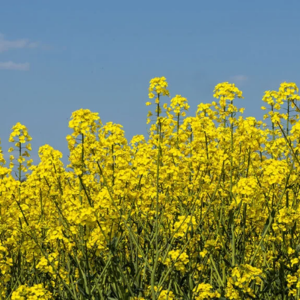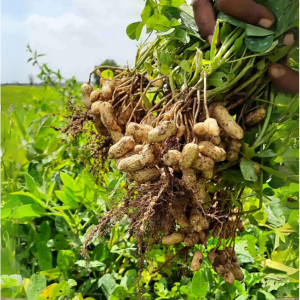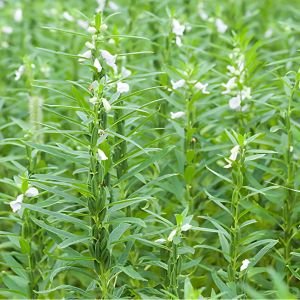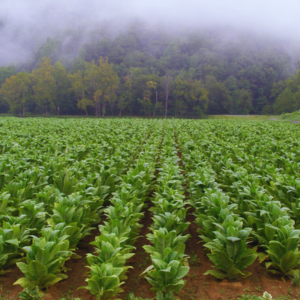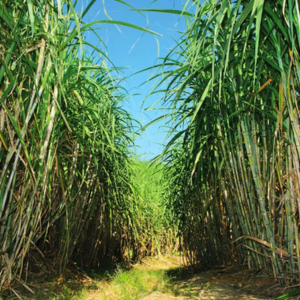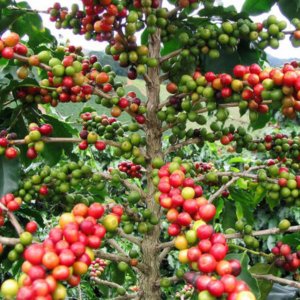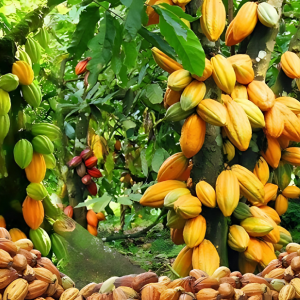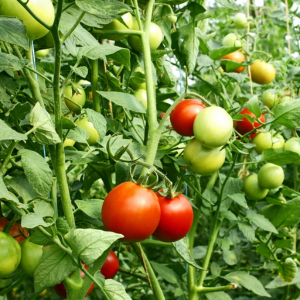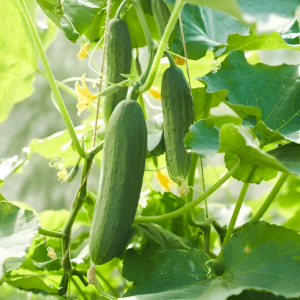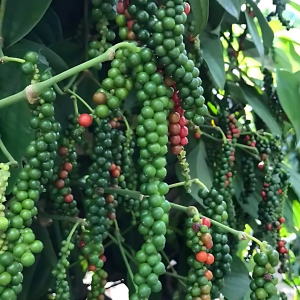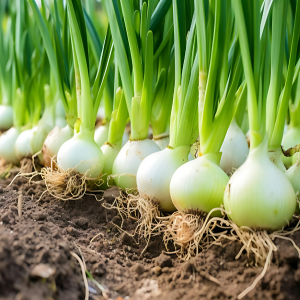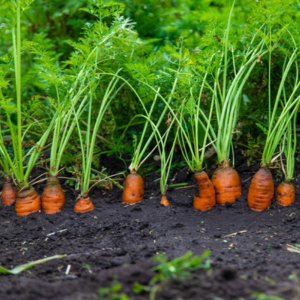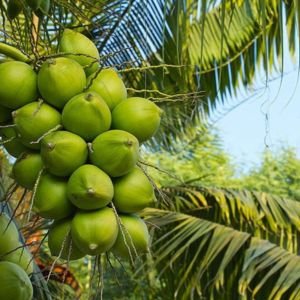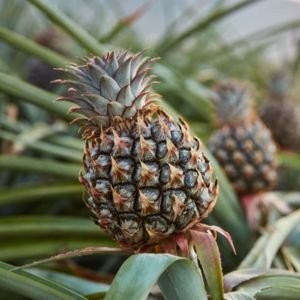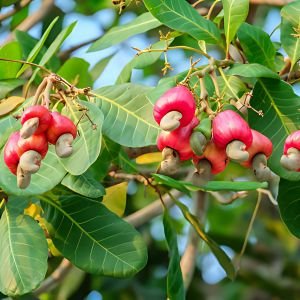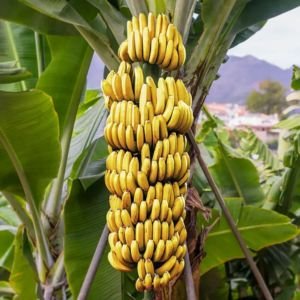Farming means growing crops and caring for animals to provide us with food, clothes, and raw materials – it’s the heart of life in many villages and cities. Crop cultivation is the process of taking care of plants from planting seeds to harvesting, ensuring healthy growth for grains, fruits, and vegetables. At All about agriculture, we show you how good farming and modern crop cultivation help you get faster work and greater output in your fields.
Understanding farming and crops cultivation helps everyone – whether you are new or experienced – to produce more, use better methods, and support your family and community. All information you need on farming and crop cultivation is here at All about agriculture to help you learn and succeed easily in simple steps.
Frequently Asked Questions
What factors should I consider before selecting crops to cultivate?
Choosing crops depends on local climate, soil type, water availability, and market demand. Understanding these helps ensure better growth and profitability on your farm.
How does soil preparation affect crop growth?
Proper soil preparation like ploughing and levelling improves aeration, drainage, and nutrient availability, creating ideal conditions for healthy plants.
What are the main differences between cereals, pulses, and oilseeds?
Cereals like wheat and rice provide staple energy sources; pulses like lentils add protein; oilseeds such as sunflower are grown for oil extraction.
How can crop rotation benefit my farm?
Rotating crops reduces soil nutrient depletion, controls pests and weeds, and improves soil fertility for sustainable farming.
What are cash crops and why are they important?
Cash crops, such as cotton or sugarcane, are grown mainly for sale and income generation rather than food, supporting farmers economically.
What is horticulture, and how is it different from other crop cultivation?
Horticulture focuses on growing fruits, vegetables, flowers, and ornamental plants, often requiring specialized care unlike staple crops.
How do plantation crops contribute to farming income?
Plantation crops like tea, coffee, and rubber are grown on large farms and can provide steady, long-term income due to their high market demand.
Why is seed quality important for farming success?
Good seed quality leads to higher germination rates, healthier plants, and better yields, which is key to productive farming.
What simple irrigation methods can small farmers use efficiently?
Using drip irrigation or traditional canal methods can save water and promote even growth, important for areas with limited water resources.
How can pests and diseases be managed naturally in crop cultivation?
Practices like crop rotation, pest-resistant varieties, and organic manures help manage pests, reducing dependency on chemicals.
What are the benefits of using organic fertilizers over chemical ones?
Organic fertilizers improve soil health and structure while minimizing environmental harm, leading to sustainable crop growth.
How can All about agriculture help me learn more about farming techniques?
All about agriculture provides easy-to-understand guides, information and updated farming tips on cereals, pulses, oilseeds, and more, supporting farmers at every knowledge level.
